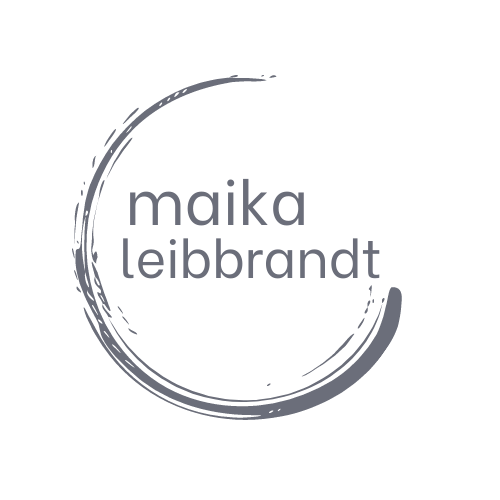One of the most frequent requests we get is for team workshops. Leaders want to unlock their team’s potential, understand the dynamics of relationships, and create an experience that helps their people feel seen and valued.
One of those things is much easier to accomplish than the others, and it’s the one that doesn’t get you very far.
Creating an experience that helps people feel seen and valued, while difficult in and of itself, is not the hardest part of a good coach’s job. Especially in modern times–rising levels of burnout, anxiety, overwork, and stress–simply holding a few hours on an employee’s calendar for something other than tasking already gets you pretty far. Add the highly personalized experience of the CliftonStrengths assessment, and you’ve given people a language to describe what they only ever thought existed on the inside and a platform to bring that outside of themselves and be valued for it.
There’s a lot of magic that happens in a good team workshop. But there’s a devastating opportunity cost if that magic stays in the room. So how do you use that spark to create forward momentum? Individual coaching as a follow-up. It’s also meaningful pre-work, but coaching after a team workshop plays a very specific role toward shifting the energy and focus of a team.
Recently I facilitated a team workshop with an HR team from a large global brand. They had done great work ahead of time getting to know their Strengths and solidify a shared goal for the year, so I had the pleasure of ushering in some magic, threading together their Strengths and their work. If we would have left it at that, they would have had more fun and found some ease compared to not doing it all.
But this team wasn’t about half-way commitment. And I found out why as I went deeper with each of their leaders. In follow-up coaching, I noticed a deep and enduring theme of shared Strength. The majority of them led with both Maximizer and Belief. In the larger team conversation, we focused more on their general tendencies, the domains of leadership they defaulted to. But these individual conversations allowed me to notice how each leader’s current struggles were tied to wanting to stand for something they valued, and not wanting to get started if it wasn’t going to be excellent. “The best or nothing” is one of my former client’s slogans, and it was showing up here at full volume.
Not only did I notice where the team had shared clusters of talent, I also created the space for each leader individually to explore their own experience in a highly confidential way. Without sharing any one leader’s story, I was able to offer suggestions for next steps that combined both the makeup of their Strengths and the common struggles and themes I was hearing them face.
For this group specifically, it appeared that many of them were dealing with a shared sense of loneliness. Relator was a frequent theme, meaning they craved deep and meaningful personal connection, and valued the quality of that connection so highly that they were slow to open up and build it with just anyone. Add the commonly shared Maximizer Strength, and they were showing up even more selective on who they let into their circle.
I could have suggested more relationship-building activities outright, but instead I pulled upon the other clue I was seeing, their frequent prevalence of Belief. Belief is an Executing Strength all about taking action on core values you feel in your bones. While this group had taken a critical first step in organizing a shared mission by establishing their strategic goals for the year, they had only scratched the surface for what many of them craved.
As a successful and meaningful next step, we facilitated a second team workshop, this one customized to bring their individual values to the forefront, adding a third layer to the strength and strategic goals they had already shared. Instead of setting our target directly on “fixing loneliness” we drew out a deep and meaningful human connection by asking them to voice their values.
While the framework may seem obvious and scalable, I’m convinced this approach was tailor-made for this team, based on who they are and what they were facing. Yes, it might be good for just about anyone, but the change I’ve observed in the six months since our values conversation is not like what you get if you’d run this same play just anywhere.
I popped into a recent meeting of this team, and do you know what I saw that proves that claim?
Laughter. Joy. Peace. Fun. Oh yeah, and they crushed their number-based goals for the year within just 10 months.
Don’t let a team workshop make just a dent, when you’re positioned to make a difference. You’ve already done more than half the work by simply showing up. Stick around for the magic that happens with 1:1 coaching and careful attention paid to themes and solutions.
